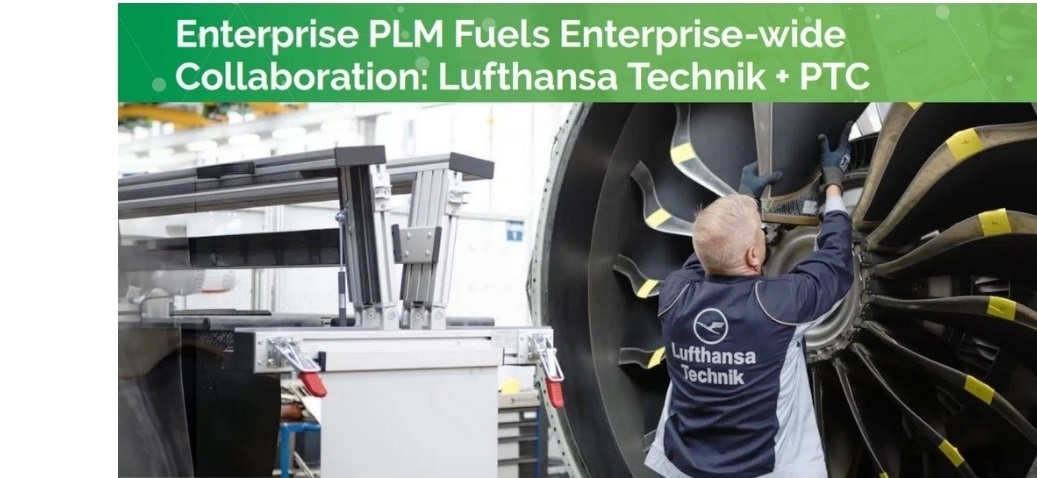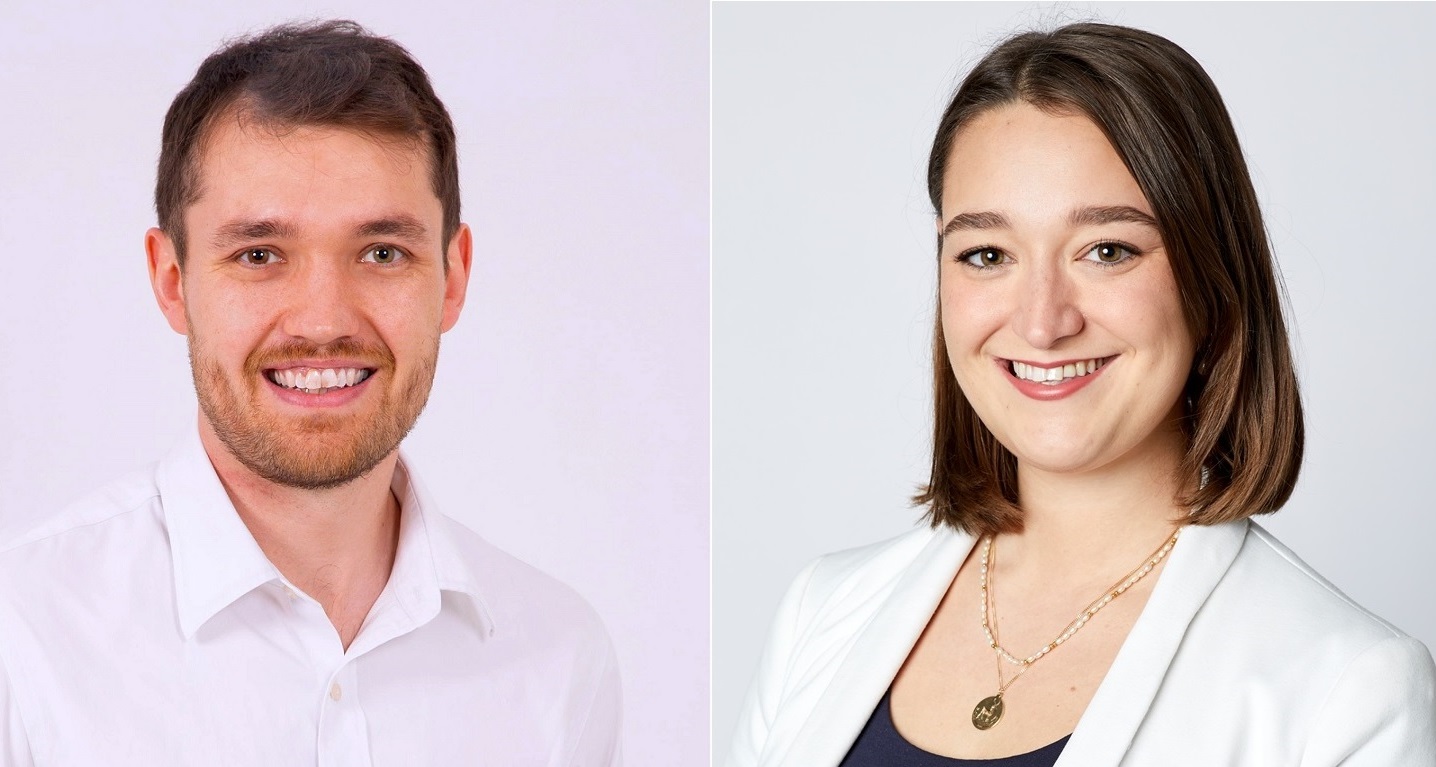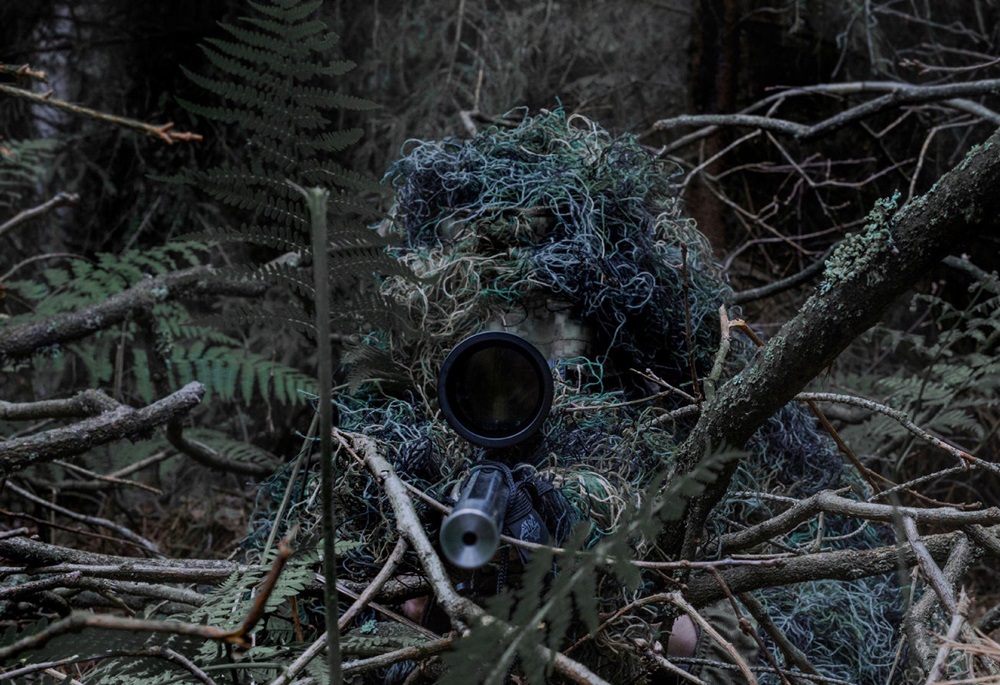65th anniversary of first experimental test flight at Warton
On this day in August 1947, Wing Commander Roland ‘Bee’ Beamont, began the first of a series of 44 experimental test flights in a ‘borrowed’ Gloster Meteor. The flight took place shortly after English Electric - a company later to evolve into BAE Systems - took over the site from the United States Air Force and the RAF after the Second World War.

Above:
Meteor EE545 being prepared for another of RPB's (Beamont's) test flights from Warton, 1947-48.
On this day in August 1947, Wing Commander Roland ‘Bee’ Beamont, began the first of a series of 44 experimental test flights in a ‘borrowed’ Gloster Meteor. The flight took place shortly after English Electric, a company later to evolve into BAE Systems, took over the site from the United States Air Force and the RAF after the Second World War.
Wing Commander Beamont’s test flights were the first of thousands that would take place over the next 65 years as BAE Systems and its predecessor companies developed and flew a wide range of military aircraft that would serve the UK and other armed forces for decades to come.

Above:
RPB [Beamont] taking off from Warton in Meteor F.4 EE545, 1947-48.
The Lancashire facility went on to develop and test a range of aircraft that would become household names: the Canberra, the Lightning, the Jet Provost, the Jaguar, the Tornado, the Hawk and the Harrier to name but a few.
But it was the vision and skills of Warton’s design teams, engineers and test pilots which led to some of its greatest successes – best exemplified perhaps by the Experimental Aircraft Programme (EAP) which led to the Typhoon and latterly by the Unmanned Air Vehicle Programmes of today which, ironically, still depend on the skilled input of ‘test pilots’.
Back in 1947/8, Beamont's test flights in the Meteor provided a wealth of information concerning the onset of what is known as compressibility. This is the build-up of shock waves that early jet and certain piston-engined fighters of those days were beginning to experience as they approached the speed of sound in steep power dives.

The feedback Beamont (above) was able to provide would prove not only of value to the subsonic Canberra and its development programme, but also for design and development of English Electric's second project, the supersonic P.1/Lightning.
It was the iconic Lightning which gave the RAF an interceptor capable of dealing with a new generation of bombers such as the Canberra, the equivalent of which they knew would become available to foreign air forces before very long.
Now, 65 years on, the mission for today’s test pilots, including BAE Systems’s current Chief Test Pilot Mark Bowman remains the same – find the advantage and bring it home.
Bowman said: “What Roland Beamont did in his day was nothing short of remarkable. In those days they would say there are old pilots and there are bold pilots, but there are no old bold pilots. But, in a bygone age, Roland ‘Bee’ Beamont was the exception. He laid the foundations for a real success story helping shape what has become a world-class company.”














